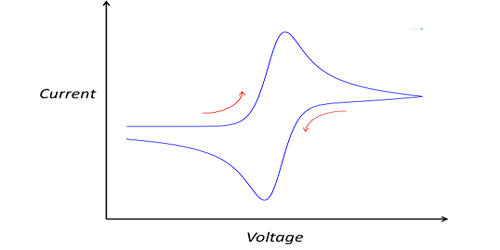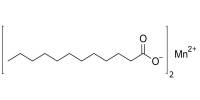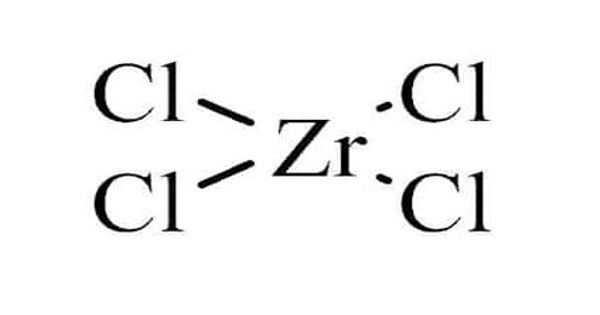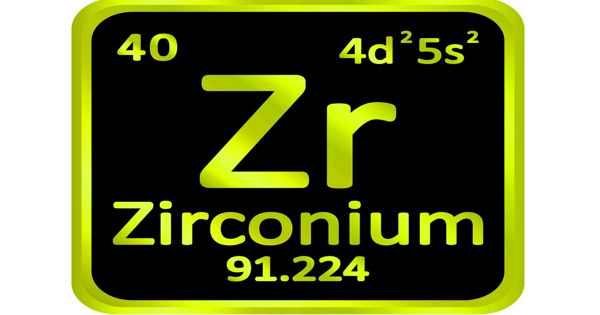The chemical compound lithium molybdate (Li2MoO4), is primarily employed as an inhibitor in certain types of industrial air conditioning. It is frequently used as a corrosion inhibitor in lithium bromide central air conditioning. It is stable at room temperature and should be sealed and stored in a cool, dry place.
Lithium molybdate is a porcelain enamel coating additive. It can be used to compare the properties of different battery systems.
Properties
- Melting point: 705 °C
- Density: 2.66 g/mL at 25 °C (lit.)
- Form: Powder
- Color: White
- Specific Gravity: 2.66
- Water Solubility: soluble
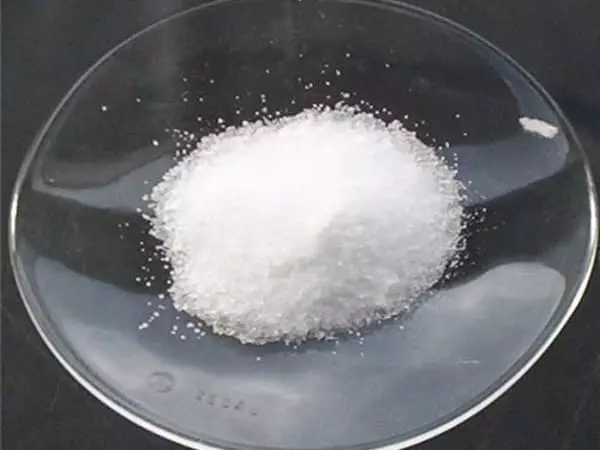
Preparation
Lithium molybdate was created by grinding LiOH•H2O with MoO3 in room temperature air. After 10 minutes, X-ray powder diffraction data show that the formation of highly crystalline Li2MoO4 is nearly complete. This material’s phenacite structure is identical to that derived from an X-ray diffraction study of a single crystal obtained from an aqueous solution. Anhydrous lithium hydroxide does not produce the same reaction, indicating that the water of crystallization of LiOH•H2O is an important component in this fast synthesis. Differential scanning calorimetry measurements show that this reaction, which is driven by the liberation of water from the crystalline lattice, can occur spontaneously between the two stable solid reagents at sub-ambient temperatures. This method produces significantly smaller and more regularly shaped lithium molybdate particles than other synthetic methods.
Heat energy is used to power the lithium bromide absorption refrigerator, water is used as a refrigerant, and lithium bromide is used as an absorbent. In the presence of air, lithium bromide has a strong corrosive effect; therefore, in order to avoid or mitigate corrosion, corrosion inhibitors must be used in addition to improving the tightness of the refrigerator. Lithium chromate (Li2CIO4) is a commonly used corrosion inhibitor with a significant effect; however, if not handled properly, it is likely to pollute the environment; thus, lithium molybdate is now commonly used as a corrosion inhibitor.
Uses
In a LiBr (Lithium bromide) absorption chiller for industrial central air conditioning, lithium molybdate is used as a corrosion inhibitor. It is produced and shipped as a colorless, transparent fluid or a white crystal powder. It is not classified as a hazardous material in either state.
Li2MoO4 crystals have been discovered to be suitable for cryogenic phonon-scintillation detectors, which are used to study rare nuclear processes.
Because of their low loss dielectric properties and the ability to fabricate them using a room-temperature densification method rather than conventional sintering, Li2MoO4 ceramics have been studied for use in antennas.
Li2MoO4 (LMO) has also been used in conjunction with hollow glass microspheres (HGMS) to create a low permittivity composite that has been used to make lenses for lens antennas.
Health Hazards
Because Li2MoO4 is harmful to water, it should not be discharged undiluted into groundwater, a watercourse, or a sewage system, and it should not be discharged into the surrounding environment without government permission.

